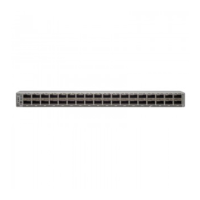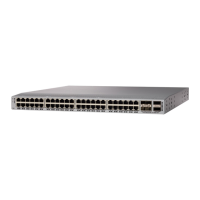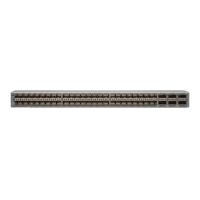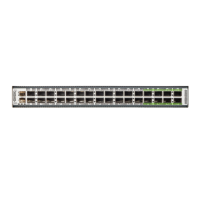Traffic storm control uses a 3.9-millisecond interval that can affect the behavior of traffic storm control.
Note
You must carve TCAM before setting the storm-control-cpu rate on a port channel.
Note
SUMMARY STEPS
1. configure terminal
2. interface {ethernet slot/port | port-channel number}
3. [no] storm-control {broadcast | multicast | unicast} level { <level-value %> | pps < pps-value > }
4. [no] storm-control action trap
5. [no] storm-control-cpu arp rate
6. exit
7. (Optional) show running-config interface {ethernet slot/port | port-channel number}
8. (Optional) copy running-config startup-config
DETAILED STEPS
PurposeCommand or Action
Enters global configuration mode.configure terminal
Example:
Step 1
switch# configure terminal
switch(config)#
Enters interface configuration mode.
interface {ethernet slot/port | port-channel number}
Example:
Step 2
switch# interface ethernet 1/1
switch(config-if)#
Configures traffic storm control for traffic on the interface.
You can also configure bandwidth level as a percentage
[no] storm-control {broadcast | multicast | unicast} level
{ <level-value %> | pps < pps-value > }
Step 3
either of port capacity or packets-per-second. The default
state is disabled.
Example:
switch(config-if)# storm-control unicast level 40
Example:
switch(config-if)# storm-control broadcast level
pps 8000
Generates an SNMP trap (defined in
CISCO-PORT-STORM-CONTROL-MIB) and a syslog
message when the traffic storm control limit is reached.
[no] storm-control action trap
Example:
switch(config-if)# storm-control action trap
Step 4
Cisco Nexus 9000 Series NX-OS Security Configuration Guide, Release 9.x
435
Configuring Traffic Storm Control
Configuring Traffic Storm Control
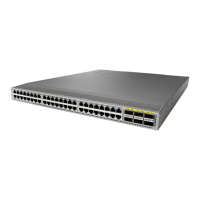
